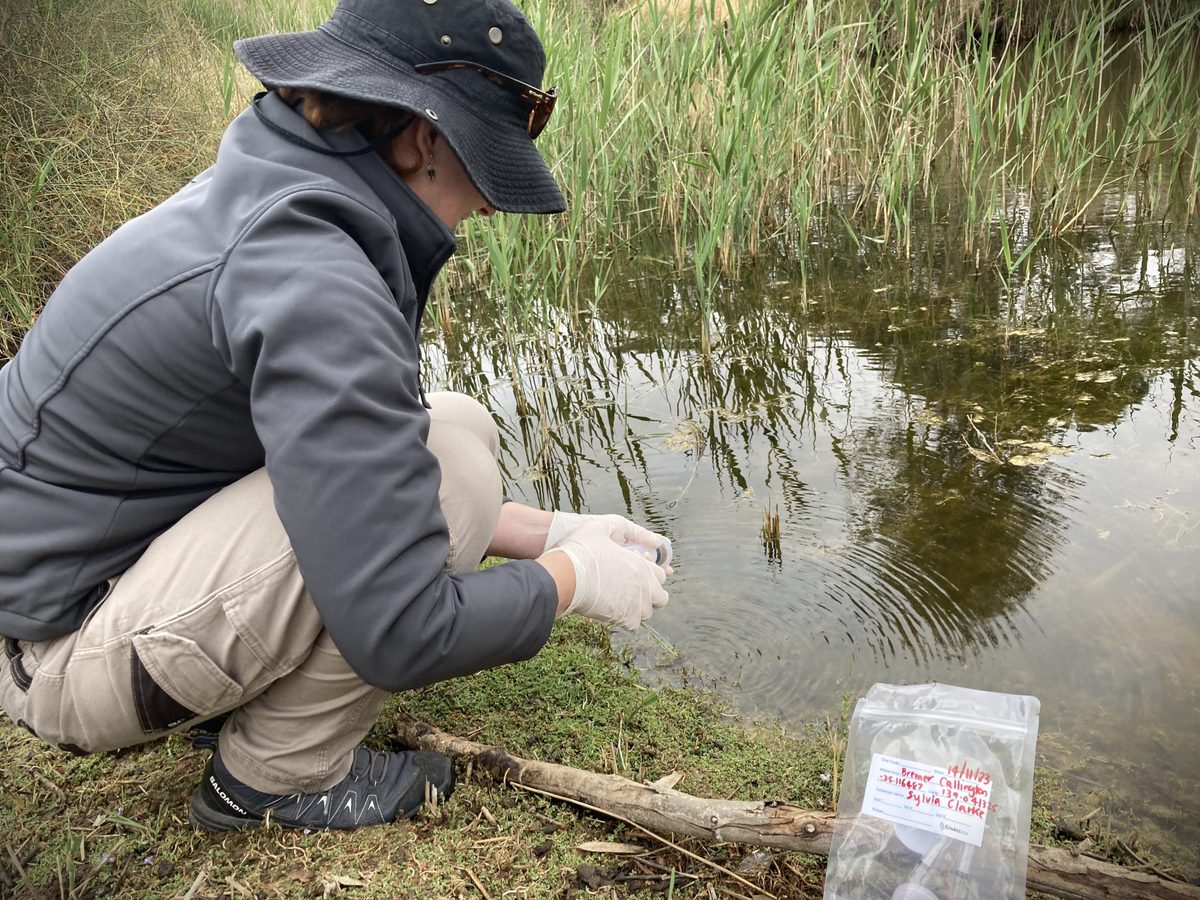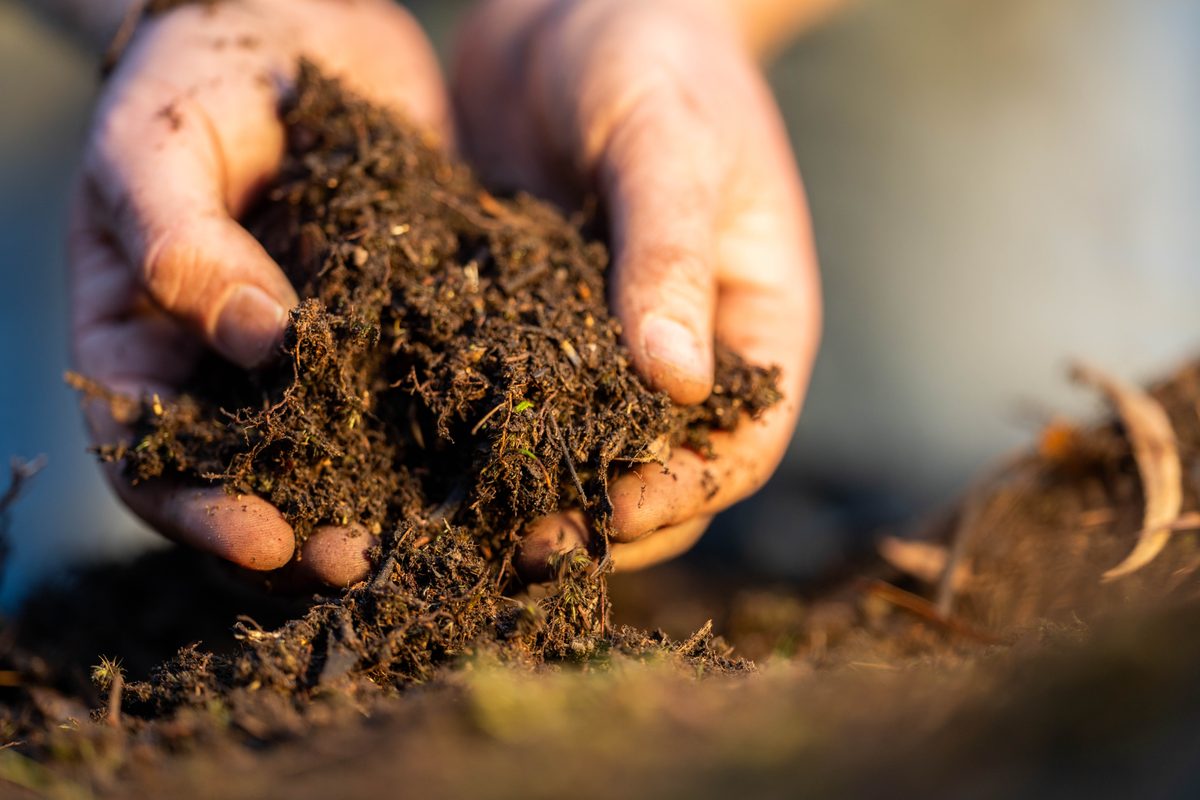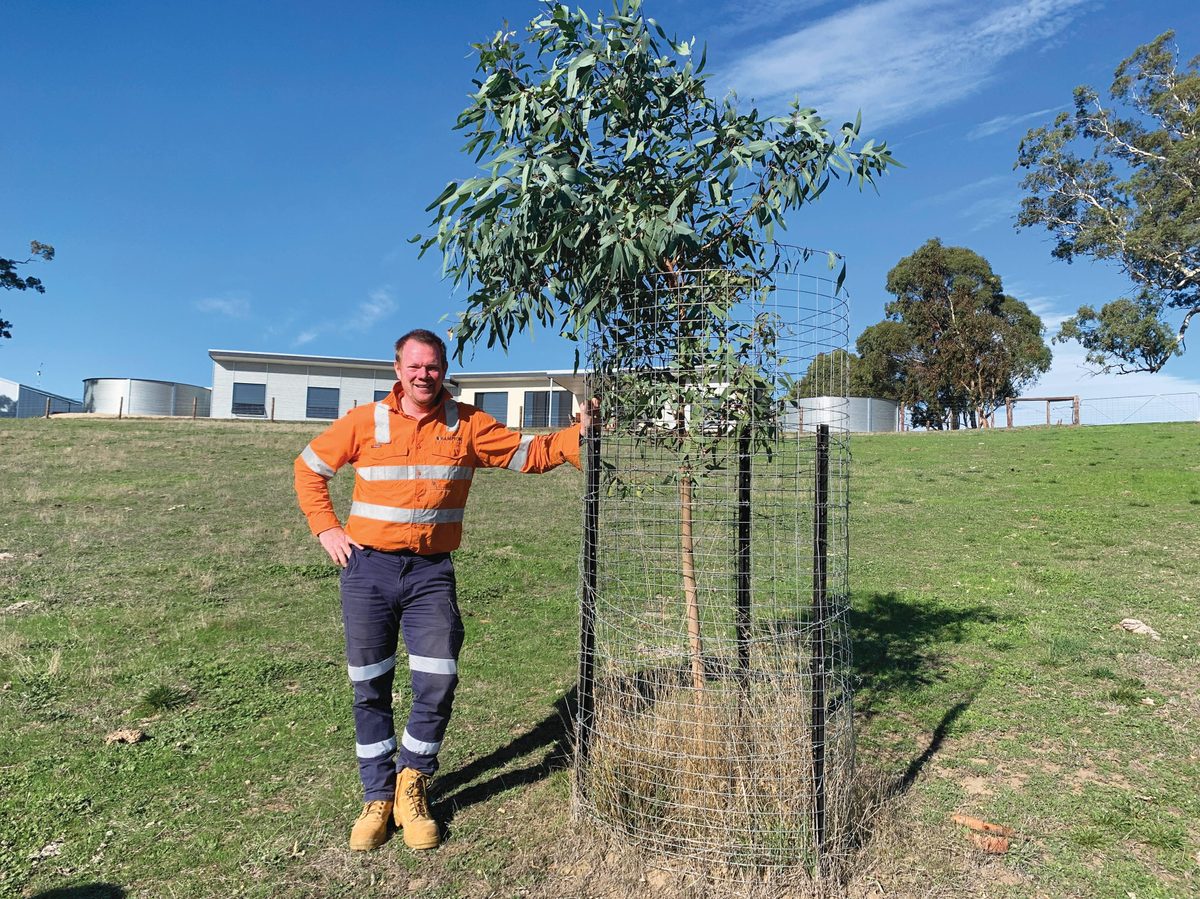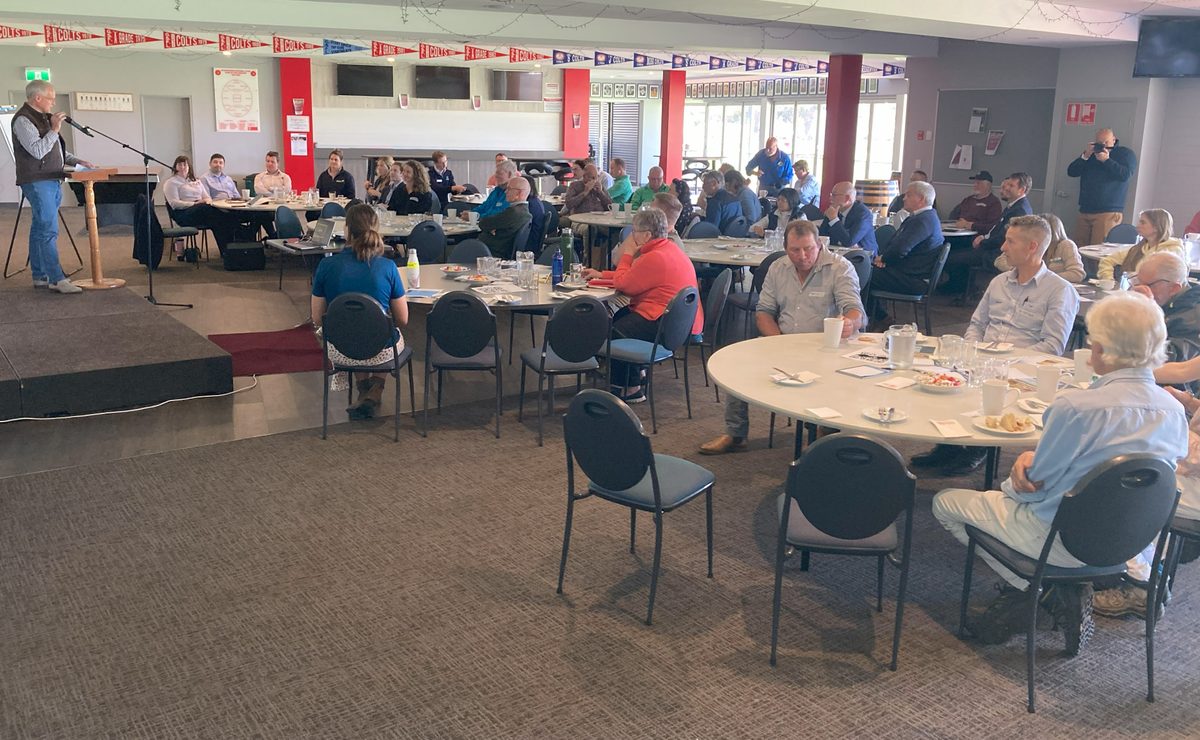Environmental DNA testing of regional waterways
The results of the environmental DNA (eDNA) sampling conducted in local waterways last spring are now in. The samples are collected as part of the Great Australian Wildlife Search, delivered by Odonata Foundation and the Murray-Darling Basin Authority, in partnership with EnviroDNA.
You can view the results on this interactive online map to explore the unique wildlife found residing at 324 sites across the catchment.
The innovative project brought together key organisations and volunteer groups, to use eDNA technology to identify the presence of threatened and other species of fish, birds, amphibians, reptiles, and mammals at sites throughout the entire Murray-Darling Basin (MDB) through water sample testing.
Our team of South Australian groups and organisations undertook eDNA surveys at 50 sites across 14 waterways, such as the River Murray, Burra Creek, Angas River and Meadows, from the Riverland to Lower Lakes.
While the findings were interesting and included some surprises, we consider eDNA sampling as one tool to complement traditional site surveys, which currently include annual fish monitoring at more than 100 sites and waterbug monitoring at more than 30 BioBlitz sites in the South Australian part of the MDB catchment. Some unexpected eDNA findings will require further investigation using traditional methods.
Trialling the eDNA sampling method fostered collaboration among like-minded groups and organisations, who work together for the purpose of better-understanding the health and condition of our waterways. Conducting these trials alongside existing citizen science programs, such as Waterbug BioBlitzes and frog and turtle monitoring, provides a fantastic learning experience and allows participants to engage with cutting-edge environmental science technology.
To hear more about the Great Australian Wildlife Search and view the whole-of-basin results in detail, you are invited to register for a free webinar on Tuesday 25 June and hear from experts on the significance of these findings.
Partner groups and organisations include Murraylands and Riverland Landscape Board, CLLMM Research Centre, Nature Glenelg Trust, , Hills and Fleurieu Landscape Board, Northern and Yorke Landscape Board, Marne and Saunders Waterwatch volunteers, Bookmark Creek Action Group, Paiwalla Wetlands Trust, Burra Community School, Bremer BioBlitz volunteers, Angas Finniss volunteers, Goolwa Secondary College and Investigator College.
The Great Australian Wildlife Search is being delivered with support of the Basin Condition Monitoring Program – an Australian Government commitment to develop and deliver new monitoring and reporting of economic, social, cultural and environmental conditions in the Basin.




